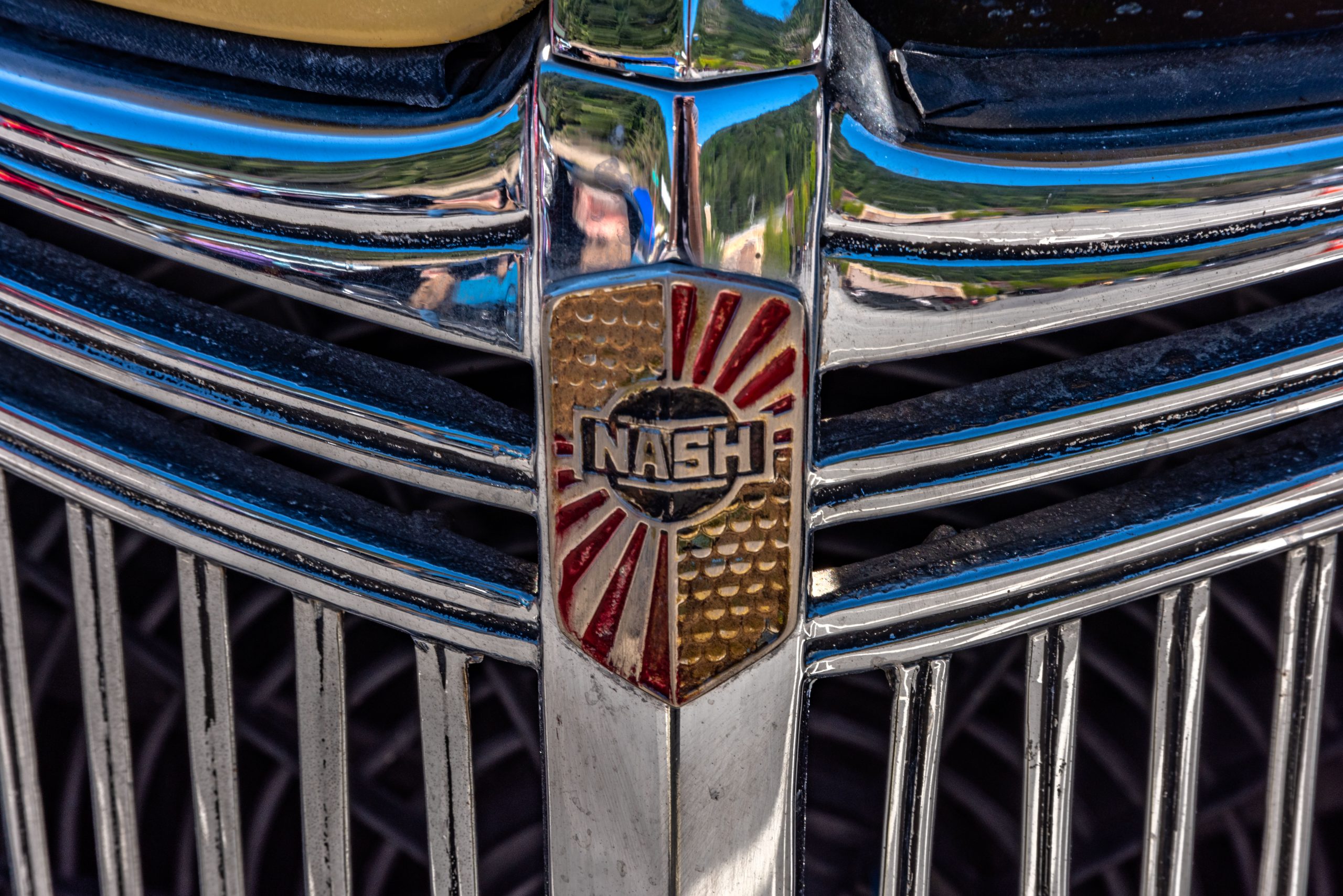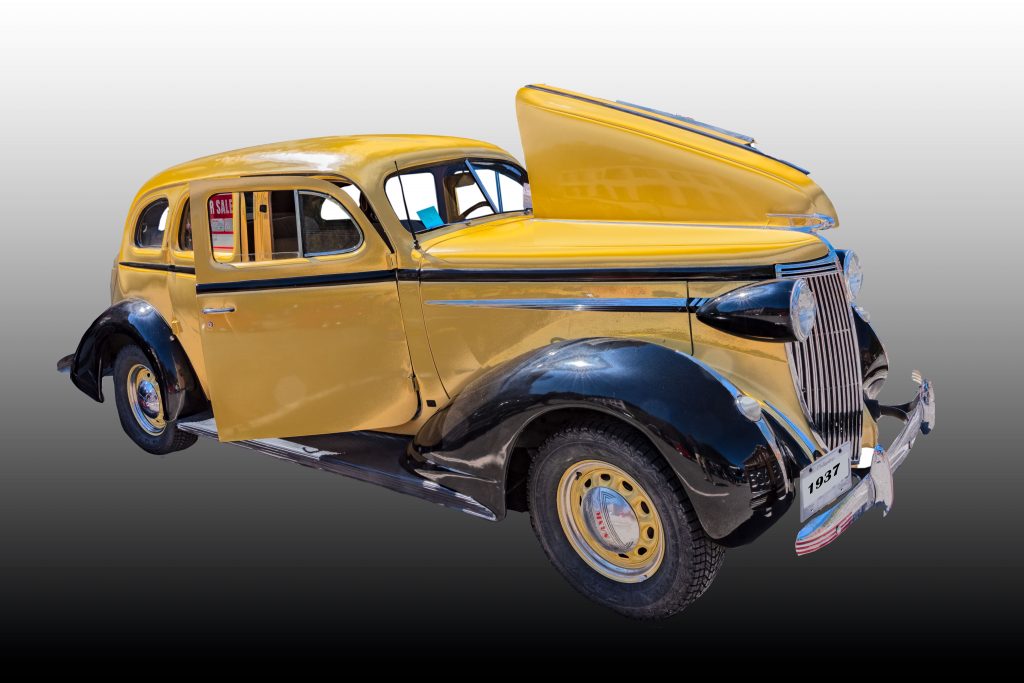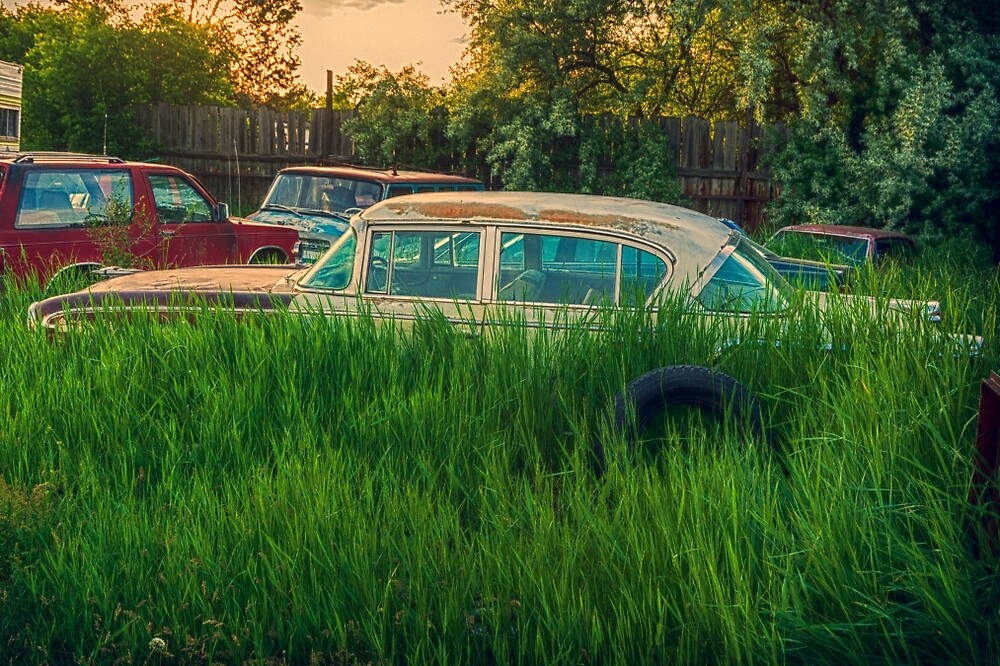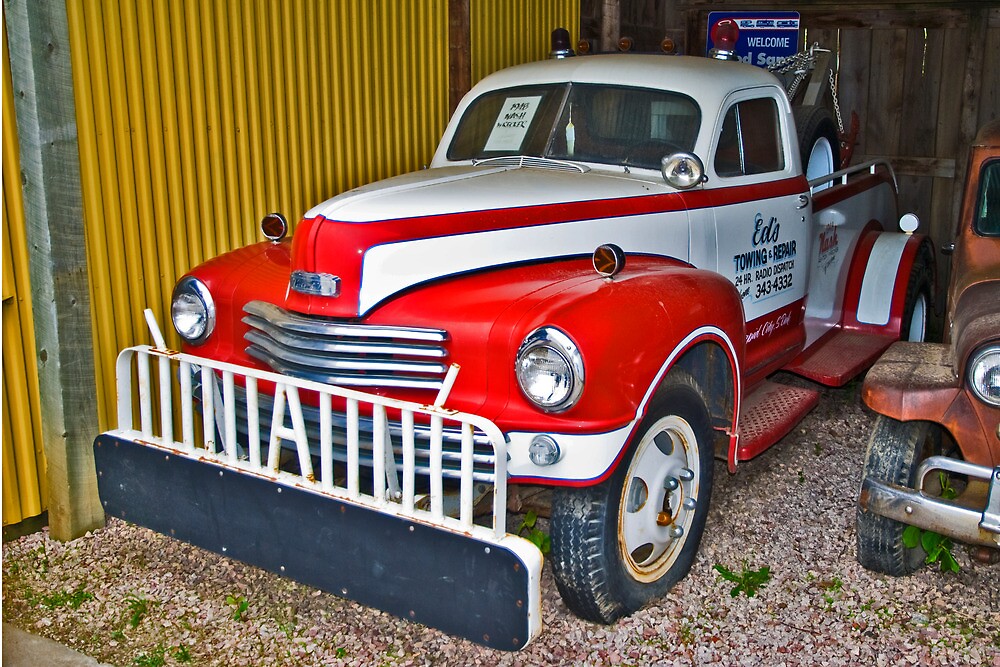C’mon, Live a Little–Drive a Rambler

The Thomas B. Jeffrey Company started building cars in 1902. They had two models: the Jeffrey and the Rambler. In 1917, Charles W. Nash, who had just stepped down as head of General Motors, bought the company and renamed it Nash Motors. Thirty plus years later, Nash brought back the Rambler name. It was time to live a little–drive a Rambler.
Charles W. Nash
Just as the tech world created fortunes and failures in the late 1990s, the beginning of the century saw the same thing happening in another field–the automotive field. People came out of nowhere to end up millionaires, or dead broke, because of a little thing called the automobile. Charles Nash was one of the success stories. Born during the Civil War (January 28, 1864), he found himself abandonned when his parents separated. He was six years old and by court order became an indentured servant to a Michigan farmer. After six years in that life, he ran away at age 12 and became a farm hand.
William C. Durant saw Nash’s potential and hired him as a upholstery stuffer in 1890. Within six months, Nash was superintendent of the factory, and ten years later, the Vice-President of the company. In 1912, Nash became President of General Motors. Not a bad career ladder for a six-year old indentured servant. But Durant fought his way back into GM and Nash decided to look elsewhere.
That elsewhere turned out to be the Thomas B. Jeffery Company, which Nash bought and renamed in his own honor. In addition to building Nash automobiles, during World War I Nash became the world’s largest manufacturer of trucks.
Nash Motors Grows
Nash purchased other car companies growing his brand. In 1921, Nash became the President of LaFayette Motors while still running his own company. Nash bought LaFayette outright in 1924 and soon stopped making the luxurious car. In its place, Nash built a new car, the Ajax, which lasted for two years (1925-26). The company rebadged the Ajax (literally) as the Nash Light Six in 1926. Nash halted the assembly line for two days in order to replace all Ajax badges with Nash badges. The company even made it possible for consumers to rebadge their own Ajax cars.
LaFayette Returns
Before Nash stepped in, LaFayette built luxury vehicles, so much so that rumours abounded that LaFayette would merge with Pierce-Arrow or even Rolls-Royce. When Nash reintroduced the name in1934, a smaller, less prestigious car carried the label. In 1935, Nash brought out the Nash 400 as an intermediate model between the LaFayette and the Nash Ambassador. In 1937, the two “lesser” cars became known as the Nash LaFayette 400, and in 1938, just the Nash LaFayette. By 1942, LaFayette no longer graced a Nash vehicle, and the name did not return after the war.
Let’s call the Ambassador
Nash introduced the Ambassador name in 1927 for a high-trim level Nash Advanced Six. Ambassador remained the top-of-the-line and most expensive Nash for the rest of the company’s existence and beyond. (From 1929 to 1934, Nash produced a limousine that actually cost more than the Ambassador.) When Nash and Hudson merged in 1954 to form American Motors, Ambassador remained the top of the line. Indeed, the name stayed in use through the 1974 model year. That forty-seven year history makes it one of the longest surviving automotive names in history, according to Eric Peters in his 2011 work Detroit’s Big, Beautiful Luxury Performance Cars of the 1960s and 1970s. Motorbooks. p. 45.
My own private Ambassador
My own connection to Nash comes after the birth of American Motors. In 1961, Poppa bought one of the four cars in his life that wasn’t manufactured by Ford. While we lived in Colusa, California, Poppa felt the local Ford dealer (and a parishioner in his church) wasn’t willing to give him a good deal. He drove into Yuba City and visited the Rambler dealer there. I guess he felt it was time to live a little–drive a Rambler. He didn’t buy just any car off the lot. No, the 1960 Ambassador he bought belonged to the dealer himself. It was not just an Ambassador, but it was tricked out with every feature a 1960 car owner could want.
In 1966, I got my driver’s licence and Poppa got himself a sports car. He handed the Ambassador over to me. Mind you now, in 1966 a 1960 Rambler Ambassador was not this teen-aged boy’s dream car. Not even with the front seat backs that lay flat to make a full-sized bed inside the car. Today, I would love to have that pink and light gray road hog. I wish I had a photo of it, even if I can’t have the original.
The Ambassador I want to rescue
This 1956 Ambassador currently resides in a weed-filled field behind a fence in the center of Plains. I called the owner, asking to get a better idea of what condition the car is in, but while he agreed to meet with me, he didn’t show at the agreed upon time. I have no idea what condition the mechanicals are, but all that curved glass seems intact. It would need a new paint job, and those are very expensive these days. Still, a boy can dream… I’d love to live a little–drive a Rambler.
The End of the Road for Nash
Nash never made it into the Big Three (Ford, General Motors, Chrysler). The closest the company came was fourth. The 1950s rang the death knell for the Independent car makers. Studebaker merged with Packard, and Packard died. Studebaker followed in 1966. Nash and Hudson merged in 1954 to become American Motors. AMC held on until 1987 when it became part of Chrysler Corporation. In an ironic twist, it was Charles Nash who first brought Walter Chrysler into the automotive industry.
One part of American Motors continues to this day. In 1964, American Motors created a wholly-owned subsidiary specifically tasked with building vehicles for the military. This company took the name AM General (for American Motors) and still exists building the Humvee heavy-duty vehicles civilians know as Hummers.
Guest Site of the Day
From 1947 to 1954, Nash built heavy-duty pickups for the export market. U.S. Nash dealers could order the trucks for their own use, so most found in the U.S. are set up as tow trucks. The one pictured above lives at the Pioneer Auto Museum in Murdo, South Dakota. According to the sign, it’s a 1948 model. Hemmings provided today’s guest site, On the trail of the Nash Pickup, written by Daniel Strohl on Dec 5th, 2012. For my money, Hemmings in one of the best places to get information on classic cars, and this article is a good example.
Recipe of the Day
Yesterday’s Guest Site gave a list of twenty-five keto diet focused blogs. I chose yesterday’s recipe from one of those blogs, and today I visit another of them to share this keto-friendly lasagna recipe. I don’t know that it’s just like the real thing, but it sounds scrumptious and I can’t wait to try it. Just Like the Real Thing (Keto) Lasagna.
Video of the Day
Youtube has numerous videos featuring Nash automobiles, but I found this cute commercial on Facebook. I certainly don’t remember Mickey Mouse driving a Nash, but this 1955 commercial was aired before my family got a television. It’s short, but it repeats the line Live a little–drive a Rambler. Hey, Mickey Mouse is driving the car! I think you’ll find it fun. Besides, it’s short, just over one minute long.
![]()





0 Comments on “C’mon, Live a Little–Drive a Rambler”